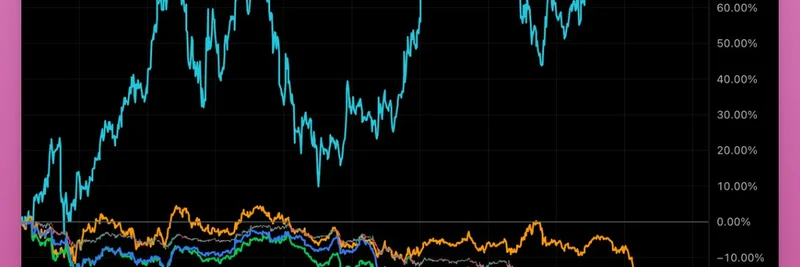Big news dropped today: India is gearing up to roll out its own regulated, rupee-backed stable digital asset called ARC (Asset Reserve Certificate) in the first quarter of 2026.
The project is a collaboration between Ethereum scaling giant Polygon and Indian fintech company Anq Finance, and it’s built from the ground up to solve a problem that’s been quietly bothering Indian policymakers for years — billions of dollars worth of Indian capital flowing into USDT, USDC, and other dollar-pegged stablecoins every bull run.
Why India Wants Its Own Stablecoin
Every time crypto pumps in India, traders and businesses park their rupees into USD stablecoins. That money effectively leaves the Indian financial system, strengthens the US dollar ecosystem, and makes it harder for the Reserve Bank of India (RBI) to manage monetary policy.
ARC flips that script. Each token will be backed 1:1 by Indian government securities and Treasury bills — essentially digitized Indian public debt. Think of it as a programmable, blockchain-native version of a government bond that also works as everyday money on-chain.
Unlike the RBI’s own digital rupee (the e₹ CBDC), which is centralized and mostly lives inside bank apps, ARC is designed to be a private-sector issued but fully regulated, living on Polygon’s fast and cheap network, and usable in DeFi, payments, remittances, and trading — all while staying 100% in rupees.
Key Details We Know So Far
- Backing: Indian government securities (T-bills, bonds) → real yield-bearing debt, not just cash in a bank
- Peg: Strict 1:1 to INR
- Tech stack: Polygon (low fees, high throughput, EVM compatible)
- Partners: Polygon provides the blockchain layer; Anq handles India-specific compliance and fintech rails
- Timeline: Tentative launch in Q1 2026 (January–March)
- Goal: Capture the stablecoin liquidity that currently leaks offshore and channel it into domestic debt markets
The move has been in the works for a while — Polygon and Anq have been quietly building this “Twin Rupee” model where the RBI’s CBDC and ARC coexist, one for retail banking, the other for programmable finance.
What This Means for the Polygon Ecosystem
Polygon already hosts a massive chunk of India’s on-chain activity (think QuickSwap, Gains Network, and plenty of meme launches). A native, regulated INR stablecoin could supercharge that:
- Lower slippage for INR trading pairs
- Real yield opportunities (since the backing assets pay interest)
- Cheaper and faster remittances from the Indian diaspora
- A stable base layer for Indian DeFi and meme coin traders who currently have to go through USDT/USDC
Sandeep Nailwal, Polygon co-founder (and proud Indian), has been vocal about wanting India to win the stablecoin race instead of letting capital leak abroad. This feels like the first big step toward that vision actually happening.
Sources & Further Reading
The story originally broke via industry sources to CoinDesk and quickly spread across crypto media and X (including the original BSCN tweet that caught everyone’s attention).
We’ll be tracking every update on ARC closely — because if this lands successfully, it could be one of the biggest on-chain liquidity events for Polygon since the 2021 bull run.
Stay tuned. India’s stablecoin era might finally be here.



